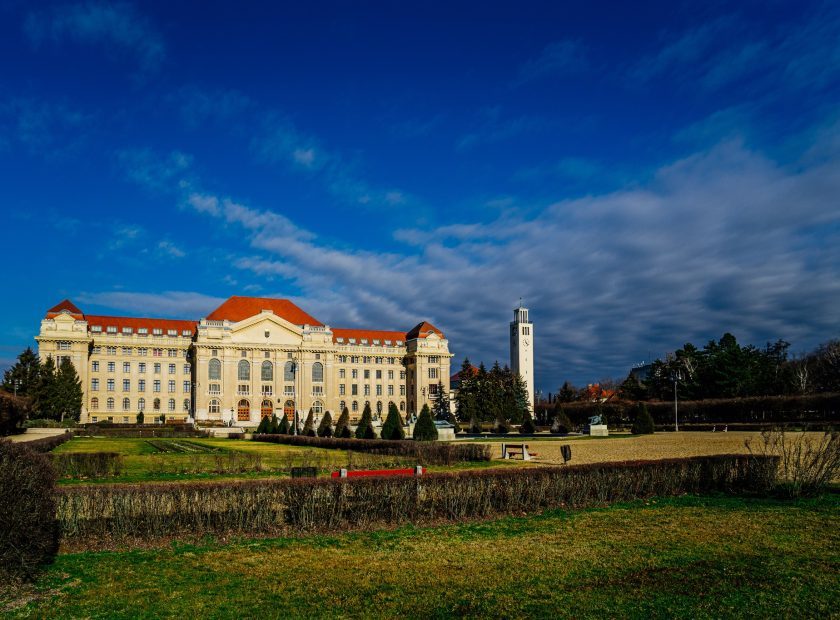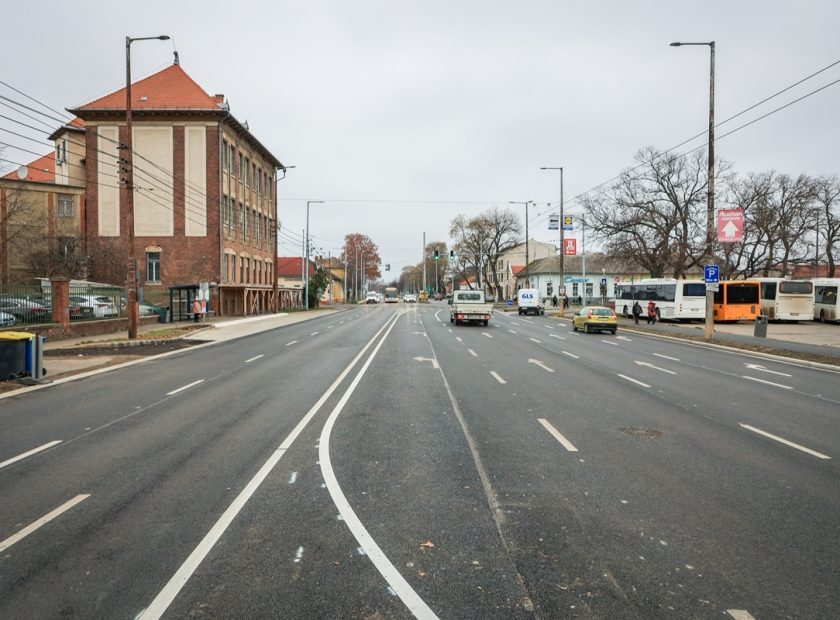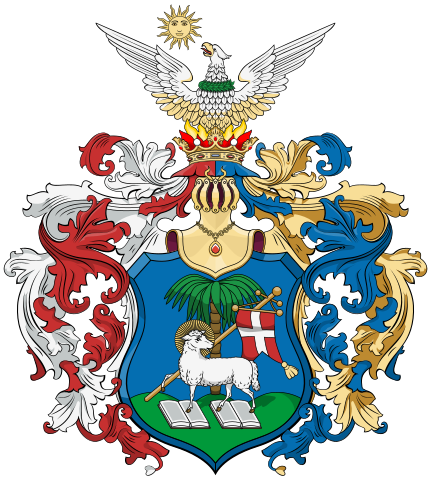History of Debrecen
With one of the greatest economic strengths in the country, Debrecen has become a centre of knowledge and innovation in Hungary. Its educational, economic, and cultural achievements show the image of a rapidly developing European city which is attracting more and more tourists, economic investors and a significant number of students.
The first written memories
The area of today’s Debrecen has been inhabited since ancient times. Excavations uncovered evidence dating back to the Copper Age. Traces of Scythians, Sarmatians and Avars were also revealed in the surrounding area. The development of Debrecen has raised various questions from a geographical point of view, as it is located on a large plain without stagnant waters and rivers. The first written memory with the name ‘Debrecen’ dates to 1235, which claims the name to be of Turkish origin, meaning ‘live’ or ‘move’.
Debrecen receives free royal city rights
In 1361, free royal city rights were granted to Debrecen by King Louis the Great, which gave the city the right to hold four fairs a year. This tradition has been preserved and the St. Michael’s Day Fair (Mihály napi vásár) has been organised twice a year, in May and October.
Walking on the streets of Debrecen, one can see that various street names preserve the names of former craft guilds, since back in the 14th century masters were already working concentrated in streets. Nonetheless, during this period the city was characterised mostly by its agricultural activity.
Debrecen is referred to as the “Calvinist Rome”
In the 1500s, the Reformed religion became significantly widespread in Debrecen and the city has remained the centre of the Reformed Church to this day. Therefore, the city is also often referred to as the “Calvinist Rome”. In 1526, Hungary was divided into three parts and Debrecen was located right on the borders between the different parts. Since the city had no city walls, it could not defend itself. Debrecen played an important role in the Bocskai uprising (Bocskai’s War of Independence) which led to Prince Stephen Bocskai granting privileges to his loyal allies, the Hajdus, and repopulating the city and its surrounding settlements.
The economic development of Debrecen in the 19th century
Debrecen began to develop significantly in the 19th century and has played a decisive role in Hungarian history two times. In 1849 the revolutionary government moved its headquarters from Pest-Buda to Debrecen, in this way the city became the capital of the country. In April 1849, Lajos Kossuth declared the dethronement of the Habsburg House and the independence of Hungary here. It was a huge step in the development of Debrecen that in 1857 the railway line reached the city and consequently factories, hospitals, mills and new schools were built, giving the city a more urban look. For instance, the first steam-powered road railway in Hungary was built here, which became the route of the tram transport that replaced it in 1911.
World Wars in Debrecen
Unfortunately, the city’s development was interrupted by World War I, as the eastern part of the country, including Debrecen, fell under Romanian occupation that was followed by several lootings.
World War II caused bloody battles, bombings and serious destruction in the history of Debrecen. However, it was also then that Debrecen became the country’s capital for the second time: in December 1944, the Provisional National Assembly was convened here.
After World War II, which led to the demolishment of at least half of the city’s buildings, reconstruction began which significantly shaped the city’s current image. Debrecen remained a school town during these historical sufferings, one of the strongholds of Hungarian culture and science.
Quick facts of Debrecen
Population: 202,402
Area: 461,25 km2
Rank: 2nd largest population, 3rd largest area in the country
Region: Northern Great Plain
County: Hajdú-Bihar
Mayor: László Papp (FIDESZ-KDNP)
Postal code: 4000 to 4032, 4063
Area code: (+36) 52
Website: www.debrecen.hu
Quick facts of Hungary, one of the oldest states in Europe
Hungary was founded in 895 and became a Christian kingdom in 1000 by the crowning of King St. Stephen I.. Hungary (Hungarian: Magyarország) is a landlocked country in Central Europe, with Budapest as its capital. Other major cities in the country are Debrecen, Szeged, Miskolc, Pécs and Győr.
Hungary is located in the Carpathian Basin, covering 93,030 square kilometres (1,030 sq mi), bordered by Slovakia to the north, Ukraine to the northeast, Romania to the east and southeast, Serbia to the south, Croatia and Slovenia to the southwest, and Austria to the west.
Hungary has a population of 9.7 million and the official language is Hungarian.
Total population: 9,690,988
Land area: 93,028 km2
Capital city: Budapest
Neighbouring countries: Slovakia, Ukraine, Romania, Serbia, Croatia, Slovenia, Austria
Biggest lake: Balaton (592 km2 )
Highest mountain: Kékes (1,014 meters above sea level)
National day: 20 August (Feast of St. Stephen)
Government: Unitary parliamentary constitutional republic
Prime minister: Viktor Orbán (FIDESZ-KDNP)
Currency: Hungarian Forint (HUF)
Official language: Hungarian
National anthem: “Himnusz” (Hymn)
Member of EU: since 2004 Member of NATO: since 1999
Time zone: CET (UTC +1), CEST (UTC +2)
Country number/prefix: +36 Country code: HU
Official website: www.kormany.hu and www.kormany.hu/en
Bianca
German citizen"Debrecen is not only a good place to work, but also to live with a family and children. It has excellent education, transport, plenty of green spaces and a wide range of programmes to choose from."
Richard
British-Canadian citizen"I live in Debrecen for several years. I can have everything here, but without the hustle and bustle of the big cities. My favourite place is the Great Forest, which is great for sports but also for local gastronomic experiences."
Julia
Ukrainian citizen"I came to Debrecen to study. To this day, I'm still impressed by how vibrant and safe the city is, and how friendly and open the locals are."
Latest Publications
Read our latest news. Be always in trend with daily news.










